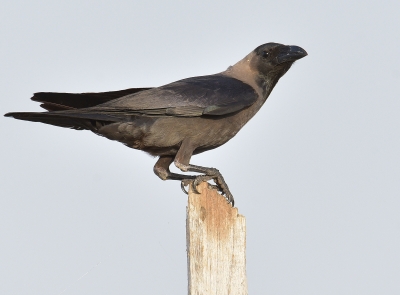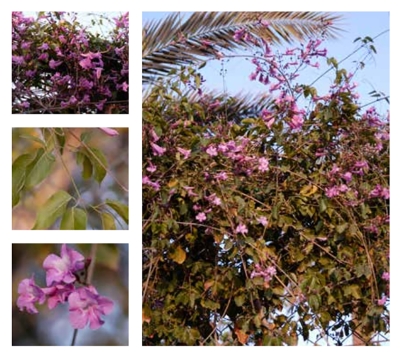
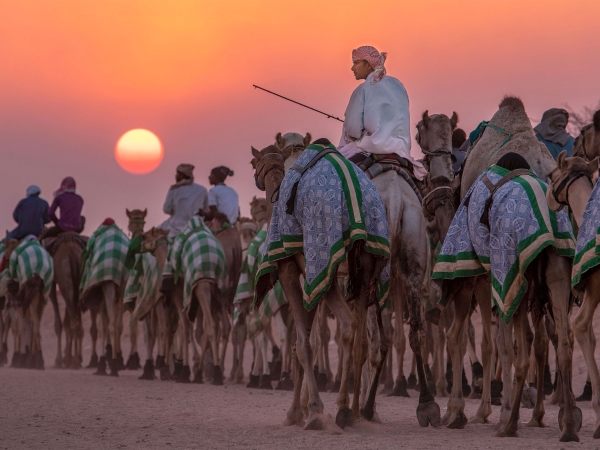
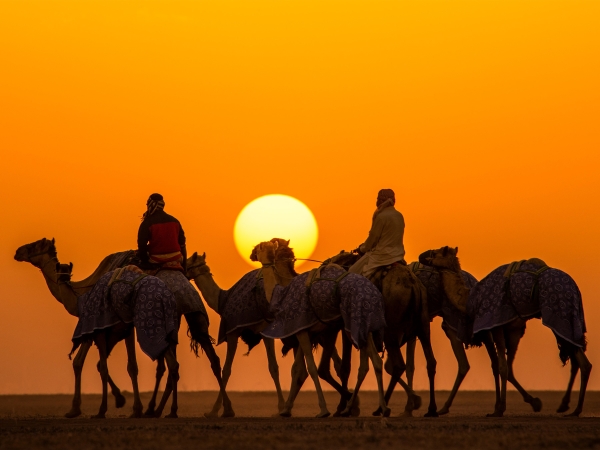
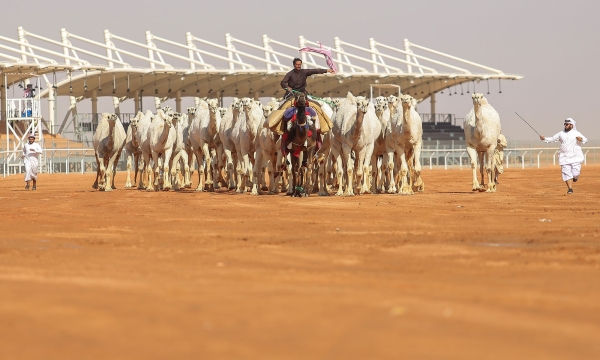
Camel Breeding in the Kingdom of Saudi Arabia was one of the vital aspects of the lifestyle culture for most of the population in the past. It is one of the occupations practiced by Saudis and passed through generations until the present day. Scientifically speaking, camels are domesticated herbivore mammals raised in the Kingdom in groups, either in the wild or in equipped shelters with walls for trading, domestication, and benefiting from their meat, milk, and fur. Camels have crucial economic benefits and represent a prominent national cultural heritage symbol.
Until 2022, there had been 1.8 million camels, owned by about 80,000 people, scattered all over the Kingdom. About 76,000 tons of their meat are consumed on an annual average of about 2.2 kg per individual, according to the Ministry of Environment, Water, and Agriculture's statistics.
Categories of Camels in the Kingdom
Camels raised in the Kingdom are of several breeds, including Majaheem, Maghateer, and Homor camels. These breeds are spread all over the Kingdom. However, Majaheem camels mostly exist in the center and southeast of the Kingdom. They are distinguished for their large size and high milk amounts. Maghateer and Homor camels, also called coastal camels, are found in the north and center of the Kingdom. They are both medium-sized with low milk yield and outnumbered by Majaheem camels. Camels need six to twelve hours of herding in natural grasslands to move long distances. Spring and summer, in which the productivity of the grasslands improves, and the Nutritional value of the plants becomes high, are the best seasons to fatten camels.
Majaheem camels are of several colors, such as black Mahajeem, al-Malha, and Al-Safra. Black Majaheem camels are crow-black, whereas Al-Malha camels are lighter black. While Al-Sahba camels' coats are black with some ginger hair, al-Safra camels' coats are mostly yellow and are lighter in color than al-Sahba.
Maghateer camels are also of several colors, including al-Wadah camels (also known as al-Beedh or al-Shahba) which are bright white; al-Shageh camels tend to be light brown and are less white than al-Wadah; and al-Shaele camels which tend to be dark brown and are darker than al-Wadah camels.
Basics of Camel Breeding in the Kingdom
Camel breeders create suitable conditions for good breeding and nutrition, and the climate which helps healthily grow the camels. Camels' growth differs according to camels kind and genetics, environmental factors, and breeding methods. Camel breeders are eager to learn and follow suitable techniques to manage the camels' growth.
Camels have more varied reproduction properties than other animals, with a pregnancy period lasting 12-13 months. The best months for mating are January, February, and March.
Feeding Behaviour of Camels in the Kingdom
Camels graze in several types of local environments, especially the desert, which contains salty and low nutritional value shrubs and herbaceous plants. They feed on thistles that other cattle cannot eat due to the camels' split upper lips, which helps them graze and benefit from these plants. Camels are also ruminants and can produce concentrated urine and drink salty water.
Contrary to the feeding behavior of other cattle like goats and sheep, camels eat the upper parts of trees and plants, which helps conserve the grasslands and prevent deterioration. In the absence of natural grasslands, camels feed on concentrated feed.
Physiological Properties that help in Camels Breeding in the Kingdom
Camels are known for their ability to adapt to desert environments and endure up to two weeks without water, without affecting their body functions. They can also stay alive even when they lose about 40 percent of the water from their bodies since they have humps that store hair and water, decrease evaporation, and protect their bodies against sunlight. Furthermore, they have thyroid glands distributed over most of their body parts, which secrete sweat directly under the hair and on the skin's surface to cool their bodies through evaporation.
Diseases Affecting Camels
Desert environments in Saudi Arabia provide climates suitable for camels' growth, naturally isolating camels from viral diseases that lower their growth rates due to the long distances among members of different herds. Additionally, camels' grazing ways, nature, and behavior help maintain their health. Moving over several grazing environments and mixing with other camels are the real cause of diseases spread among camels.
Viral diseases affecting camels include smallpox, rabies, and aphthous fever. In contrast, bacterial diseases include Malta fever (Brucellosis), tetanus (an infection caused by Clostridium tetani), mastitis or inflammation of the uterus, tuberculosis, septicemia (sepsis) or a Pasteurella infection, and salmonellosis (a Salmonella infection).
Camels have a high ability to resist diseases, but their desert lifestyle may stress their immune system, exposing them to several parasitic diseases. However, when gathering, especially in winter, camels are affected by fungal diseases, such as ringworm. These parasitic diseases include trypanosomiasis (sleeping sickness), gastrointestinal worms, nasal myiasis, lungworms, tickborne disease, hydatid disease (hydatidosis or echinococcosis), and scabies.
Camels' Meat and Milk in the Kingdom
Camels' meat production in Saudi Arabia accounts for about 9 percent of the Arab world's meat production. Calel's calf meat (Hashi meat) is one of the local consumers' preferred kinds of meat. Serving dates with milk produced by camels that recently gave birth is a generosity and hospitality-related tradition of the local culture of some Saudi regions. This milk's importance and popularity have increased because of its ability to cure many diseases, according to folk and traditional medicine beliefs.
Milk production is affected by some factors, including the camel's breed, continuous milking, and mastitis or wounds and tumors. Camels that can produce a lot of milk can be recognized via many characteristics, such as the ability to resist diseases and high appetite on the feed; the long neck and the width of the head and chest areas; the big healthy udder with homogeneous nipples and good feel with no visible defects or fibrosis.
Efforts of the Ministry of Environment, Water, and Agriculture to Develop the Camel Sector in the Kingdom
The Ministry of Environment, Water, and Agriculture has established the Weqaya Center to prevent camels from plant and animal diseases and their vectors. The Genome Lab was also established by the Ministry, which specializes in determining camels' genetic ratios and codes. Furthermore, it launched the Anaam Platform, an online platform specializing in and concerned with gathering all data of camel breeders. The Ministry has provided veterinary, preventive, guidance, and treatment services via 180 veterinary clinics. Additionally, the Ministry has provided various animal disease diagnostics services via twelve equipped veterinary labs, which check camel consignments and ensure they are disease-free.
Camels Numbering in the Kingdom
The Ministry of Environment, Water, and Agriculture numbers the camels in the Kingdom by installing a special electronic chip in each camel. The numbering process is aimed at sustaining the present numbers and kinds of camels, reducing the number of loose camels on highways, figuring out who their owners are, protecting them from being lost or stolen, and improving animal production by selection and improvement. The numbered camels have records to track their preventive programs to protect them from epidemic diseases through coping and treatment plans.
Related quizzes
Related articles
